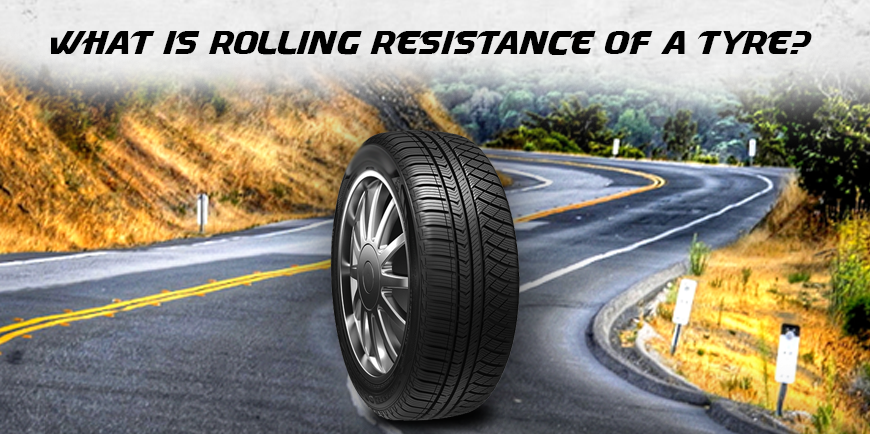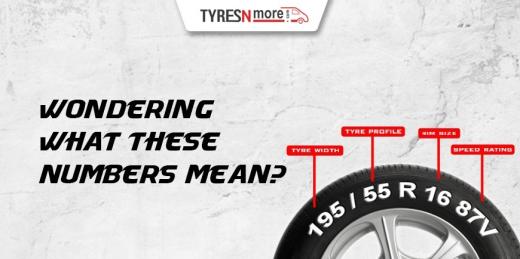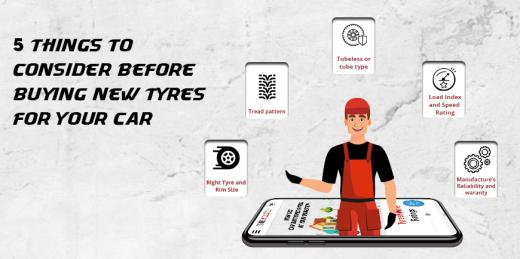
Tyre rolling resistance is influenced by several factors and affects the performance of a vehicle.
Tyres are one of the most dynamic and interactive components of your vehicle. During the drive, they come in contact with the road and flex according to the surface conditions. This interaction of the tyre tread with the road is essential for the needed grip, but all this requires a significant amount of energy. We will discuss tyre rolling resistance in the following paras.
What is tyre rolling resistance?
Whenever you push down the accelerator, you are transferring energy in the form of gas or electricity, depending on your vehicle, via engine and other components. This energy transfer turns the tyre, and enough momentum is built to move the vehicle forward. However, to achieve this momentum, the vehicle should get over several factors, including tyre rolling resistance, that makes the vehicle immune to forward movement.
Tyre rolling resistance is the effort or the amount of energy that the vehicle needs to send to the tyres for maintaining movement at a constant speed over the surface. The main contributor to this process is hysteresis, which is essentially the loss of energy that occurs while the tyre rolls through its footprint.
But why does tyre rolling resistance matter, and what affects rolling resistance? Let’s discuss it further.
What affects rolling resistance?
Pressing the car’s accelerator transfers the energy via the different systems in your vehicle. This energy creates sufficient momentum to put the tyres in motion and moves the vehicle from its original stationary position. But certain physical phenomena make a vehicle resistant to moving. For instance, air resistance (aerodynamics), vehicle’s weight, tyre pressure, tread construction, and friction of the road surface are some of the physical forces that influence tyre rolling resistance.
As the tyres roll through its footprint, it has to get over energy loss, which must be compensated by the engine, via fuel. This is why rolling resistance affects a vehicle’s performance, including mileage and CO2 emissions.
The design and mechanism of low rolling resistance tyres
Though it is impossible to prevent rolling resistance, it can be minimized by different methods. And several manufacturers use specific technology to design such tyres for offering more eco-friendly and mileage-friendly tyres for mass-market vehicles, without compromising performance. In low rolling resistance tyres:
- There are no individual tread blocks, rather the blocks are interconnected
- Specially formulated rubber compounds are used for deriving better energy efficiency
- Stiffened sidewalls reduce deformation, which in turn reduce the energy requirements
- Decreasing the weight in the area that affects vehicle handling and efficiency can produce more impact than reducing weight in other areas
Benefits of low rolling resistance
As clear from the above reasons that rolling resistance affects a vehicle’s performance. High rolling resistance will require more energy, which is compensated by additional fuel. But on the other hand, low rolling resistance has several advantages, which is why these kinds of tyres are part of most passenger vehicles. Low rolling resistance:
- Reduces fuel consumption
- Reduces operating fluid consumption
- Lowers CO2 emissions
- Lowers vehicle running cost
In summary, tyre rolling resistance affects your vehicle’s performance. It is good to know before buying new tyres as this can affect the fuel economy of your vehicle.













